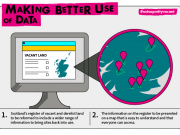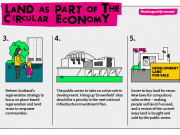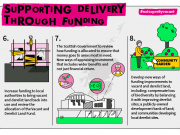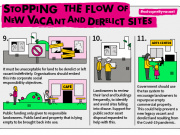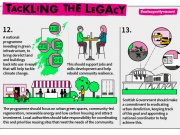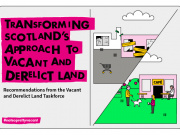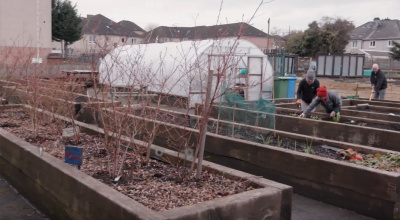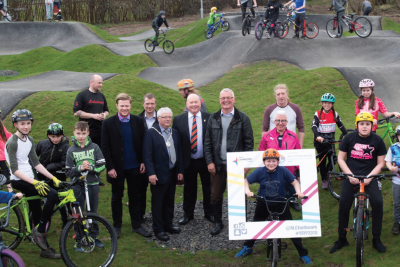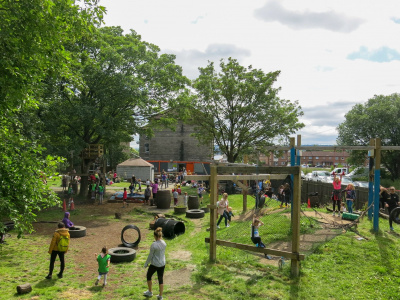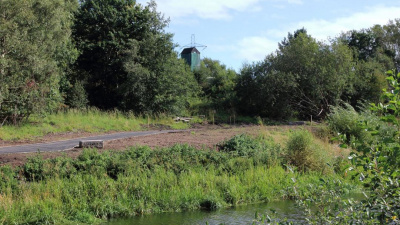Vacant and Derelict Land Taskforce
The legacy of Scotland’s industrial past means that almost a third of the Scottish population lives within 500 meters of a derelict site. In deprived communities that figure increases to 55%. The amount of land on the Vacant and Derelict Land Register has remained static for years, and the consequences of this for wellbeing are enormous.
Never has the importance of high quality places been more important or their absence so keenly felt. But it doesn’t have to be this way. These sites could be so much more – they could help us solve some of our biggest challenges.
Bringing abandoned and unloved urban places back into productive use could help us tackle climate change, improve health and wellbeing, create more resilient communities and rebuild our economy in a way that helps everyone achieve their full potential.
In 2018 the Scottish Land Commission and SEPA established a national taskforce to help realise this opportunity. The Vacant and Derelict Land Taskforce brought together senior representatives from around 30 businesses, public bodies and third sector organisations who have spent two years working to transform the existing approach to bringing vacant and derelict land back into productive use.
Recommendations
The taskforce has made a series of recommendations to Scottish Government to transform Scotland’s approach to tackling the legacy of derelict land and ensure that it is no longer acceptable to allow land to fall into long term disrepair.
DUSTE Sites
Have a look at the map of Scotland's long-term derelict urban sites which locates over 500 of Scotland’s long-term derelict urban sites. The map highlights opportunities for reuse and also where there is some activity is underway – whether that’s nature already claiming land and supporting local biodiversity or where redevelopment is ongoing. To help share learning, the map showcases long-term derelict urban sites that have been repurposed.
Transforming Scotland's approach to vacant and derelict land - recommendations from members of the Taskforce
Assessing the wider benefits of bringing derelict land back into use
Research and Tools
We have published a programme of research and analysis to help better understand the nature of the challenge, the impact of vacant and derelict land on communities, identify potential changes to policy and practice and share experience of successful projects.
To help communities and decision makers properly assess the impacts of vacant and derelict sites we have created a toolkit alongside a funding table identifying the different sources of funding available for regeneration of derelict sites.
A framework has also been developed to assess the impact of bringing sites back into use that takes account of wider social, environmental and community benefits. This framework will help change Scotland’s approach to land reuse to look beyond narrow financial returns and capture the wider benefits that the reuse of sites could generate for society.
Bringing abandoned and unloved urban places back into productive use could help us tackle climate change, improve health and wellbeing, create more resilient communities and rebuild our economy in a way that helps everyone achieve their full potential.
Here are some inspiring examples of what can be done

